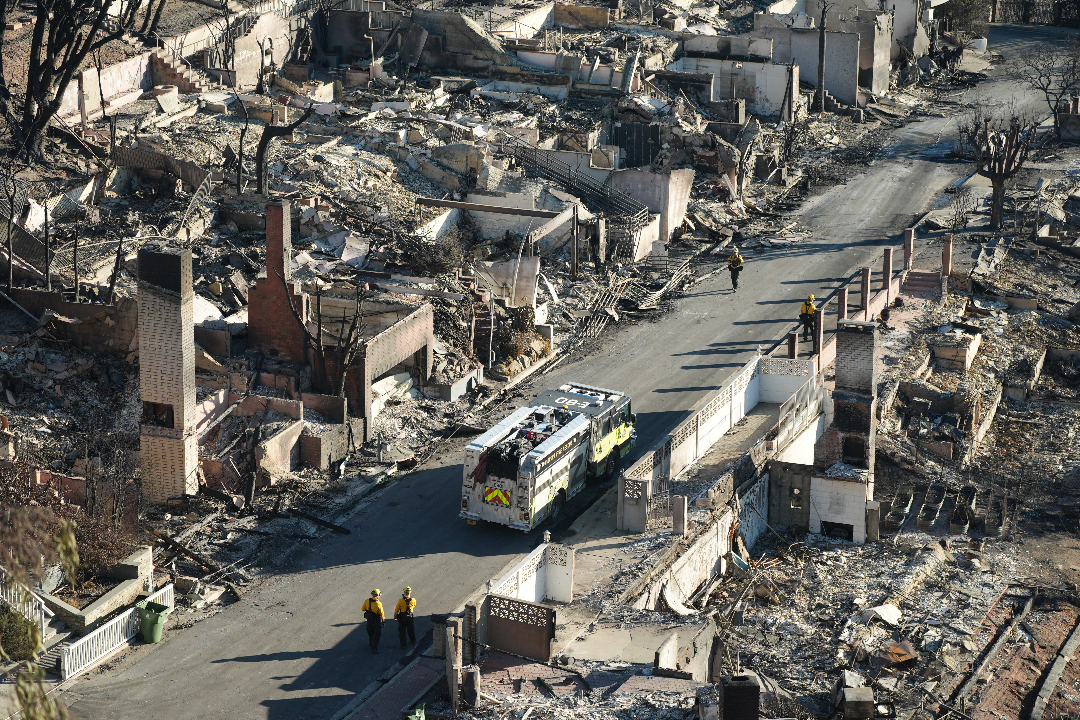How much does it cost to rent a furnished home in Bel Air?
It depends when you’re asking. One such home was listed in the fall for $15,900 a month. That’s already a brain-melting amount of money to spend on rent. It works out to nearly $200,000 a year. If you want to rent it now, though, it’s $29,500 — an 86 percent increase.
Trey White is a real estate agent from Pacific Palisades. He told the New York Times he’s seen an “unfathomable amount of illegal price gouging” since the Los Angeles fires started.
California law prevents landlords from raising rent during an emergency by more than 10 percent. Another agent, Samira Tapia, is trying to find a new home for a family whose house burned to the ground in Altadena. She found that “out of more than 400 listings in the Central Los Angeles and San Fernando Valley areas” on the listing service she uses, “about 100” have raised their rent beyond what the law allows.
Tenants have the option of reporting the gouging to the California attorney general’s office and then pursuing the case, but most won’t. Landlords are presumably counting on families desperate to find new housing simply paying up without making a fuss. The slim threat of enforcement just isn’t enough to overwhelm landlords’ basic economic incentives.
Disaster price gouging is just one of the ways that the basic dynamics of capitalist housing markets are making a bad situation worse in Los Angeles. As Katya Schwenk wrote, one of the reasons the disaster was so severe in the first place is that real estate developers have “pushed to build ever more homes in zones designated as ‘very high risk’ for wildfires.” As with rent-gouging landlords, the basic market incentives of these developers have overwhelmed every other consideration. The result has been urban sprawl “encroaching further and further into fire-prone wildlands.”
Meanwhile, as wildfire risk increases, for-profit fire insurers are…
Auteur: Ben Burgis

